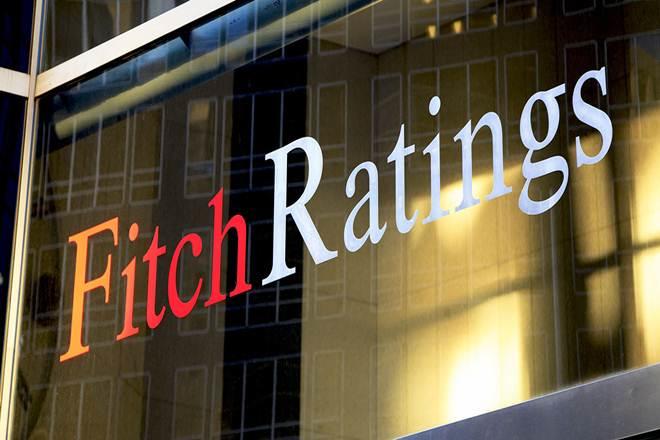LONDON: The scale and longevity of the global inflation shock has taken most forecasters and central banks by surprise and is bringing forward the start of global monetary policy normalisation, says Fitch Ratings in its latest Global Economic Outlook (GEO).
A strong recovery in global aggregate demand in nominal terms over the past year has not been matched by an equal recovery in output. Supply bottlenecks resulted in real GDP expanding by less than expected in 3Q21, with prices increasing by more than anticipated, said Fitch Ratings.
Fitch has cut its 2021 growth forecasts for the US, Germany and Japan, reflecting recent supply-chain-related disruptions to industrial production. “And we have revised down global GDP growth by 0.3 percent since the September GEO, to 5.7%. This is still the fastest rate since 1973 though. We are far from stagflation,” said Fitch Ratings.
It further said, “Our world growth forecast for 2022 has also been cut, to 4.2% from 4.4%, but this primarily reflects a more intense slowdown in China. The policy response there has been slower than expected with just two cuts to the reserve requirement ratio announced this year, and while we anticipate more easing announcements in the next few months, we now expect China’s growth to fall to 4.8% in 2022 from 8.0% in 2021.”
Fitch Ratings has revised US growth in 2021 to 5.7% (from 6.2% in the September GEO) and cut 2022 growth to 3.7% (from 3.9%). The rating agency also lowered its Eurozone growth forecast for 2021 to 5.0% (from 5.2%), but its forecast for 2022 is unchanged at 4.5%. Growth in emerging markets excluding China is forecast at 5.7% in 2021 and 4.6% in 2022, both 0.1pp lower than in September, partly reflecting a sharp deterioration in Brazil’s economic outlook, said the report.
“There are now signs that price level shocks related to pandemic shortages are starting to morph into ongoing inflation. With monetary policy settings still super-loose, this is worrying central bankers,” said Brian Coulton, Chief Economist.
The sharp rise in global consumer goods prices since March primarily reflects a surge in goods demand, fuelled by stimulus measures, particularly in the US. Goods prices should stabilise in 2022 as spending switches back to services, strong investment boosts goods supply, and fiscal stimulus unwinds.
“But there have been widespread upward revisions to our inflation forecasts and the increasing prospect of inflation pressures broadening is making central banks nervous. Inflation has become a public concern – now amplified by energy price shocks – and inflation expectations have increased.” The US wage growth now exceeds pre-pandemic rates as the labour supply recovery lags. Stimulus is taking US GDP above pre-pandemic trends and the US output gap will turn positive in 2022. US core CPI inflation is expected to settle at around 3% in late 2022 and 2023, significantly higher than pre-pandemic rates.
The report said, “We now expect the Fed to raise interest rates in September 2022 and the Bank of England (BOE) later this month, both far sooner than we had expected. High inflation is raising policy tensions”.
























